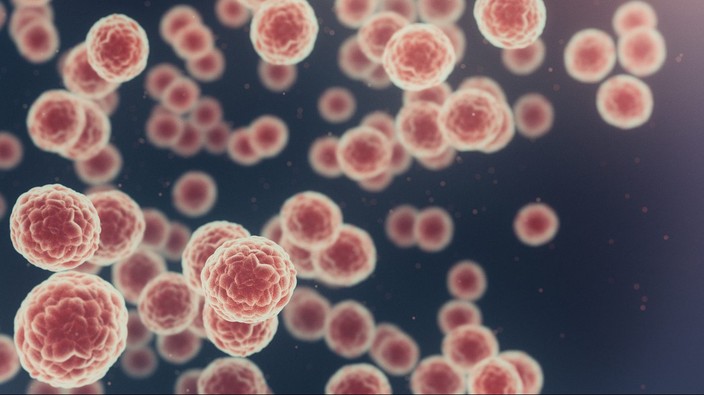the team then tested these redesigned cells in multiple mice models, including versions that possessed human-derived bone marrow, liver and thymus cells — a process that allowed them to emulate the microenvironment in which the cells may one day operate. they also incorporated a two-layered safety mechanism into these therapeutic tumour cells that allows them to be easily eliminated, if necessary.
the dual-action therapy was found to be safe, applicable and effective in animal models, results the team said provide a roadmap toward therapeutic use. although more testing will be required, researchers chose to use models that incorporated human cells to facilitate the therapeutic’s eventual use in patient settings.
“our goal is to take an innovative but translatable approach so that we can develop a therapeutic, cancer-killing vaccine that ultimately will have a lasting impact in medicine,” said shah, who is also director of the center for stem cell and translational immunotherapy.
shah, who owns equity in and is a member of the board of directors of amasa therapeutics — a company that creates stem cell-driven cancer therapies — said the strategy they employ applies to a wide range of solid tumours and that further investigation will be required to explore its full potential.
